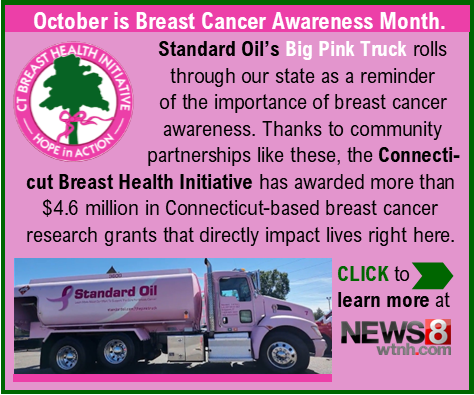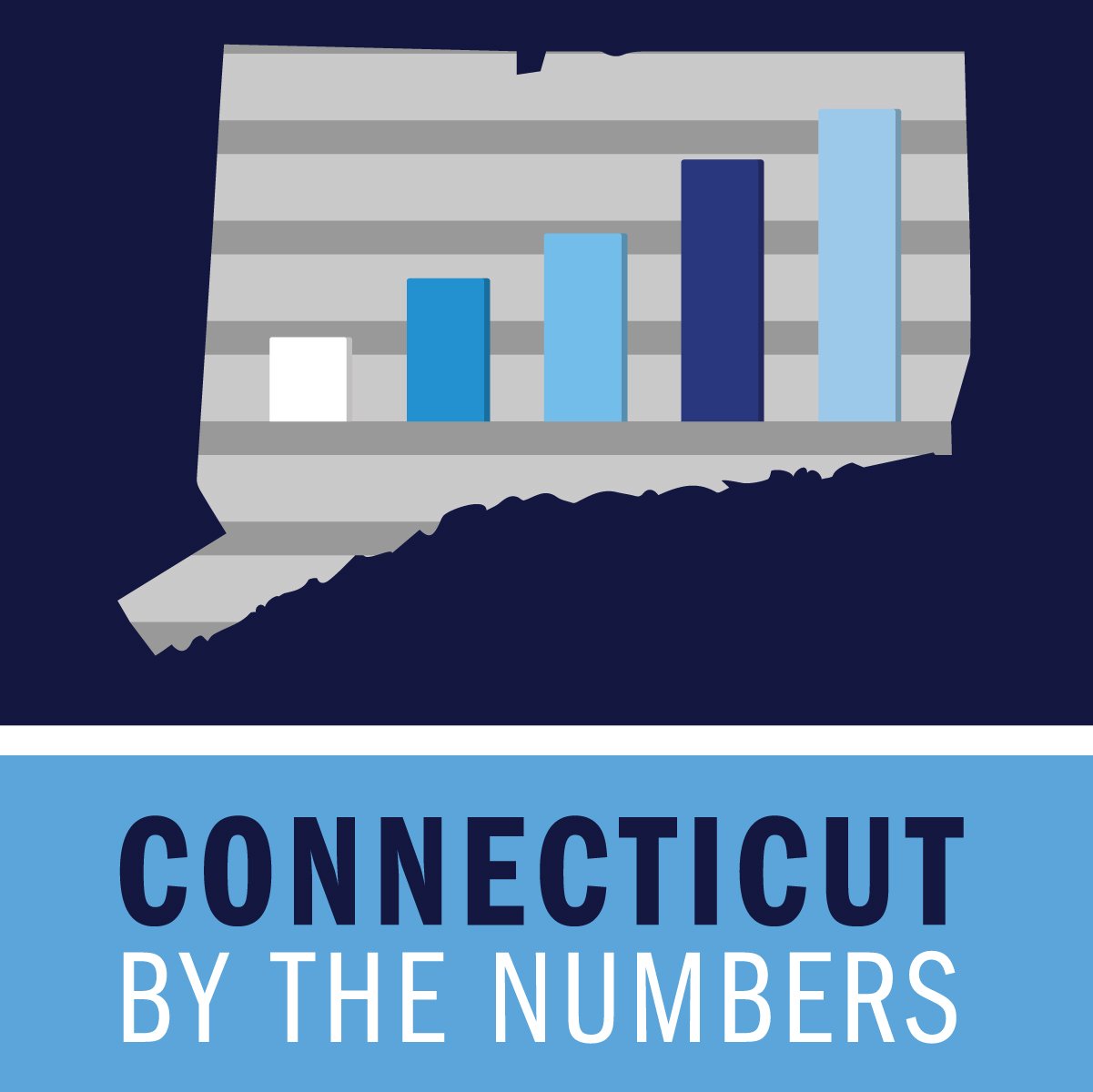Safety of Fields with Crumbs From Rubber Tires Face Renewed Questions; CT Study Proclaims They’re OK
/Despite a series of NBC News reports over the past year – the latest last week - on the growing debate about the safety of crumb rubber artificial turf, the federal agencies that regulate the product have remained largely silent of late, the network reported. The Administrator leading the Environmental Protection Agency, former Connecticut Department of Environmental Protection Commissioner Gina McCarthy, would not answer a direct on-camera question about whether the surface found on playgrounds and athletic fields across the country is safe for kids to play on, NBC News said in a story aired on the network’s flagship news program.
Now members of Congress are asking the Environmental Protection Agency to weigh in on whether crumb rubber used in artificial turf fields in thousands of schools, parks and stadiums is safe for young athletes. A bipartisan panel gave the agency until Nov. 6 to answer 10 questions about what tests have been done to determine whether turf made from recycled tires poses a health risk and what investigators have found, NBC News reported.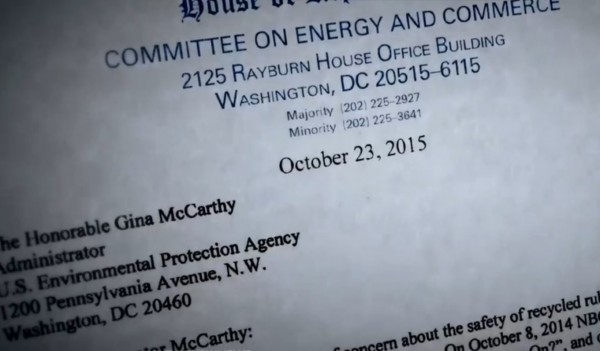
NBC News said that after a story about University of Washington women's soccer coach Amy Griffin aired on the network’s Nightly News last fall, many people contacted her, and the list she has developed of soccer players – especially goalies – afflicted with cancer has grown from 34 goalkeepers to at least 63. Griffin began keeping the list after she discovered that several goalies she knew had been diagnosed with the same cancer, the network reported. She and some of those athletes questioned whether crumb rubber could be exposing them to chemicals and carcinogens.
NBC News reviewed dozens of studies, the network’s story pointed out. “Several studies that concluded crumb rubber does not present acute health risks also included the caveat that more research is needed,” according to NBC News. “No study has examined the effects of regular exposure to shredded or crumb rubber on young children, over an extended period of time — something some experts believe should be done.” Industry officials have stressed that the products are safe, and cite numerous studies supporting that view.
In Connecticut, like elsewhere around the nation, artificial turf fields have become a popular alternative to natural grass fields in many communities, according to the state Department of Public Health (DPH). The department’s website points out that “the advantages of these fields include less maintenance costs, ability to withstand intense use and no need for pesticides.”
The state site notes, however, that “concerns have been raised about potential chemical exposures coming from the crumb rubber infill and the plastic grass blades commonly used in these fields. The crumb rubber usually comes from recycled tires that contain man made compounds such as polycyclic aromatic hydrocarbons (PAHs) and volatile organic compounds (VOCs).”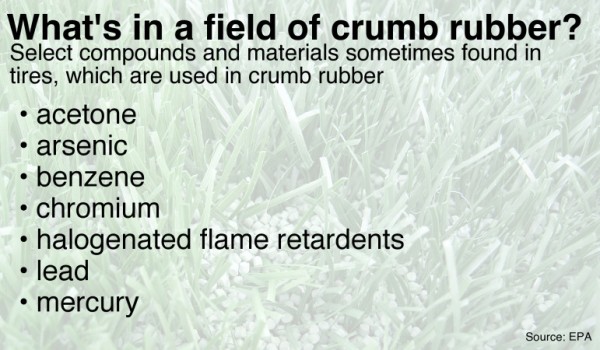
To address public safety concerns, four Connecticut state agencies collaborated in 2010 to evaluate the potential exposures and risks from athletic use of artificial turf fields, the DPH website explains. A two year, comprehensive investigation of releases from five fields during active play was conducted by the Connecticut departments of Public Health, Energy and Environmental Protection, University of Connecticut Health Center, and The Connecticut Agricultural Experiment Station. The study was peer-reviewed by the Connecticut Academy of Science and Engineering.
The overall conclusion of the report, according to the DPH website, is that “use of outdoor artificial turf fields does not represent a significant health risk.” The CT study did not find a large amount of vapor or particle released from the fields - findings that confirm prior reports from Europe and the US, according to the state public health agency. “CT DPH put these exposures into a public health context by performing a risk assessment analysis. This analysis did not find elevated cancer risk,” the site emphasized.
An agency news release noted, however, that “higher contaminant levels at one indoor field indicate that ventilation of indoor fields should be considered. Storm water run-off findings indicate that proper management of this run off is prudent to address possible environmental effects.”
The New England Center for Investigative Reporting indicated in an article earlier this year that David Brown, director of public health toxicology for the North Haven, Connecticut-based nonprofit Environment and Human Health, Inc., warned that as more is invested in artificial fields, it will be harder for state and local officials to change their position even if new information shows harm.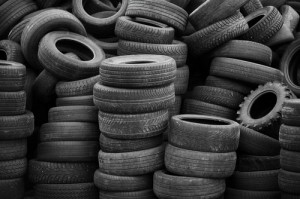
“A natural experiment is being conducted in which thousands of children are being exposed on playing fields to rubber,’’ said Brown, a former chief of Environmental Epidemiology and Occupational Health at Connecticut's Department of Public Health. “Given the high stakes, it is prudent to take action to protect children from this known hazard rather than wait for definitive evidence of harm.”
Brown’s organization reports that “there are now 153 cancer cases reported, and of those, 124 are soccer players with 85 being soccer goalies. Many of them are student athletes.” Gaboury Benoit, Ph.D., Yale Professor of Environmental Chemistry and Engineering and lead investigator of a study conducted by Yale in 2007, said, "Not surprisingly, the shredded tires contain a veritable witches' brew of toxic substances. It seems irresponsible to market a hazardous waste as a consumer product."
Of the state’s study released in 2010, then-DPH Commission Dr. J. Robert Galvin said: “This study presents good news regarding the safety of outdoor artificial turf fields. While the findings indoors were below the health risk targets, the elevated contaminant levels suggest a need to ventilate these fields so they can be brought to the level of safety outdoors. What we’ve learned from this study in Connecticut will provide valuable guidance to municipalities, schools and others who operate or are considering installing artificial playing fields.”
In this month’s NBC News report, Paul Anastas, former head chemist for the EPA, is said to disagree that studies have proven crumb rubber to be safe. "Tires were not designed to be playgrounds," Anastas, who is now Director of the Center for Green Chemistry and Green Engineering at Yale, told NBC News. "They were designed to be tires."


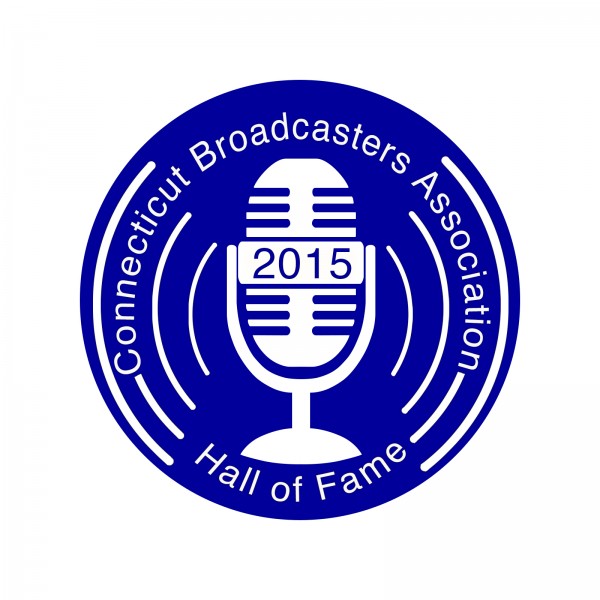
 k of Connecticut network.
k of Connecticut network.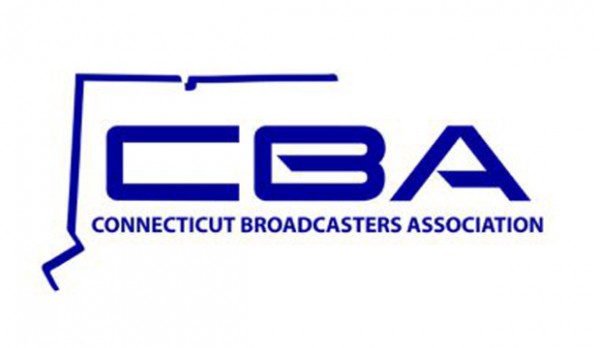 7 through 2006, and continues to consult. He has also served multiple terms as chairman of the NAB. Prior to founding NewCity Communications, he was president of Katz Broadcasting Co.
7 through 2006, and continues to consult. He has also served multiple terms as chairman of the NAB. Prior to founding NewCity Communications, he was president of Katz Broadcasting Co.
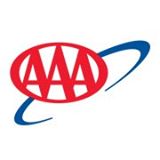

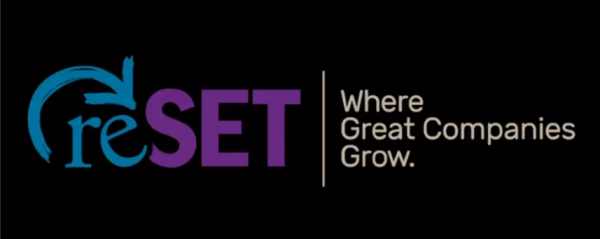
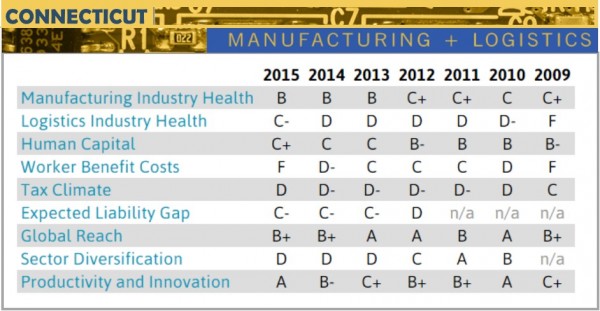
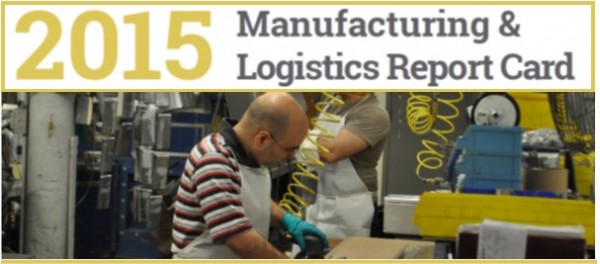
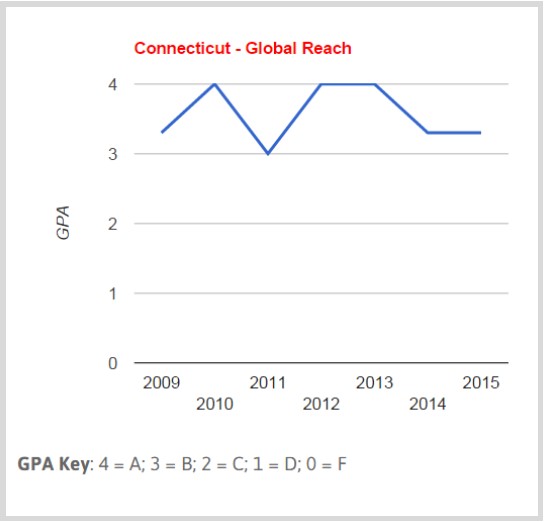
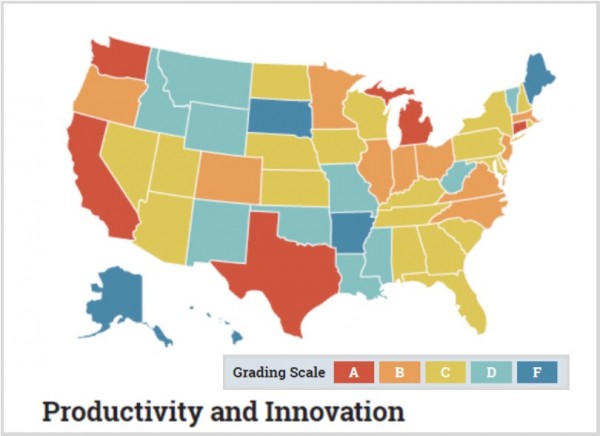





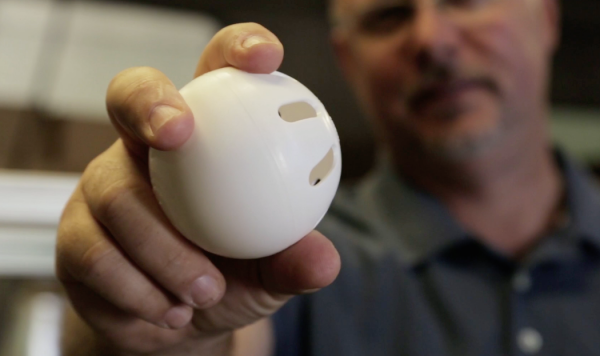 It all began in the summer of 1953, when David N. Mullany, grandfather of the current company owners (brothers David and Stephen) was watching his 12 year old son and a friend play a game in their backyard in Fairfield, using a perforated plastic golf ball and a broomstick handle. They had given up on baseball and softball - not enough players for two teams, not enough space for a field, and too many broken windows.
It all began in the summer of 1953, when David N. Mullany, grandfather of the current company owners (brothers David and Stephen) was watching his 12 year old son and a friend play a game in their backyard in Fairfield, using a perforated plastic golf ball and a broomstick handle. They had given up on baseball and softball - not enough players for two teams, not enough space for a field, and too many broken windows.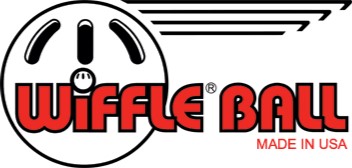
 Established in 1998, the
Established in 1998, the  Medical technology creates more than two million jobs directly and indirectly across the United States. The industry is one of the few U.S. manufacturing sectors that is a net exporter, and its innovations help reduce the human and economic burden of chronic disease. Industry officials point out that while U.S. leads the world in the development of new medical technology, the device tax “threatens that leadership.”
Medical technology creates more than two million jobs directly and indirectly across the United States. The industry is one of the few U.S. manufacturing sectors that is a net exporter, and its innovations help reduce the human and economic burden of chronic disease. Industry officials point out that while U.S. leads the world in the development of new medical technology, the device tax “threatens that leadership.”


 The Marcum Tech Top 40, now in its 8th year, recognizes technology companies with at least $3 million in annual revenue and a four-year record of growth, in six industry sectors. Both privately held and publicly traded companies are eligible. This year, 14 were publicly traded; 26 were privately held.
The Marcum Tech Top 40, now in its 8th year, recognizes technology companies with at least $3 million in annual revenue and a four-year record of growth, in six industry sectors. Both privately held and publicly traded companies are eligible. This year, 14 were publicly traded; 26 were privately held.
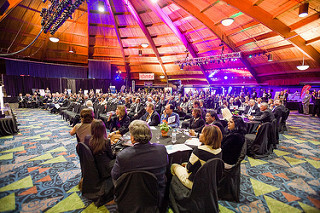
 The Lawrence W. O’Toole Award is given out each year to an individual, organization, school or district exhibiting great leadership through innovation or courage in moving student-centered approaches to learning forward in New England. The winner will receive a $100,000 grant from the Nellie Mae Education Foundation.
The Lawrence W. O’Toole Award is given out each year to an individual, organization, school or district exhibiting great leadership through innovation or courage in moving student-centered approaches to learning forward in New England. The winner will receive a $100,000 grant from the Nellie Mae Education Foundation.





